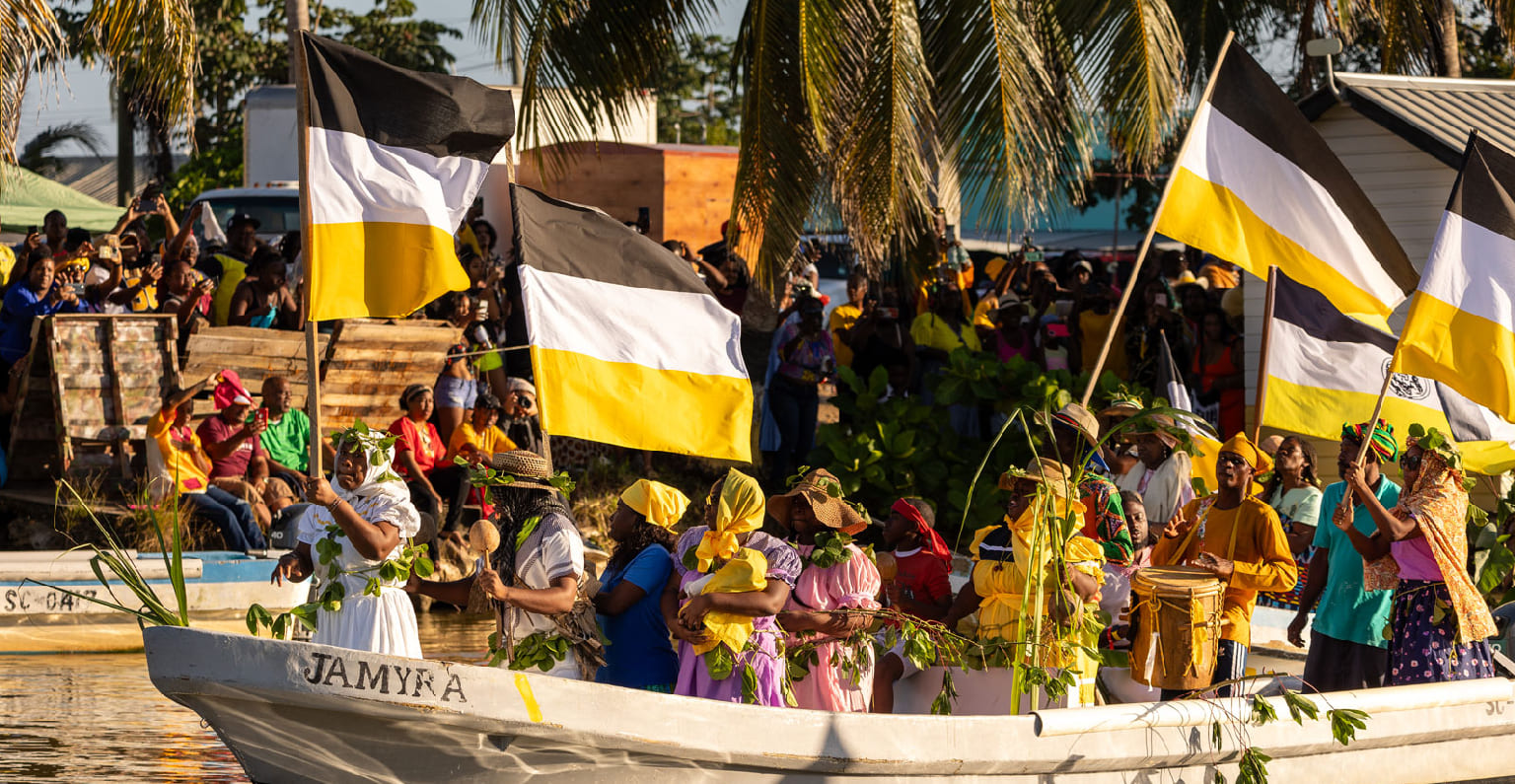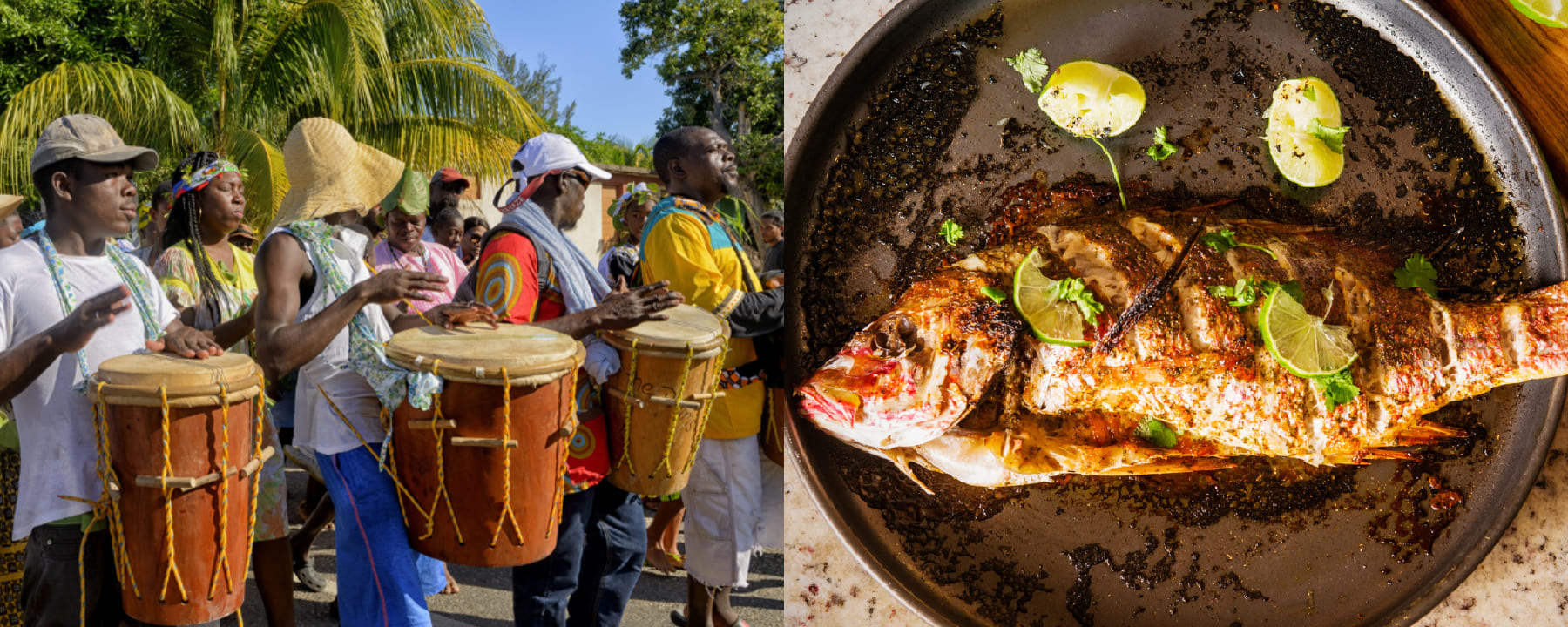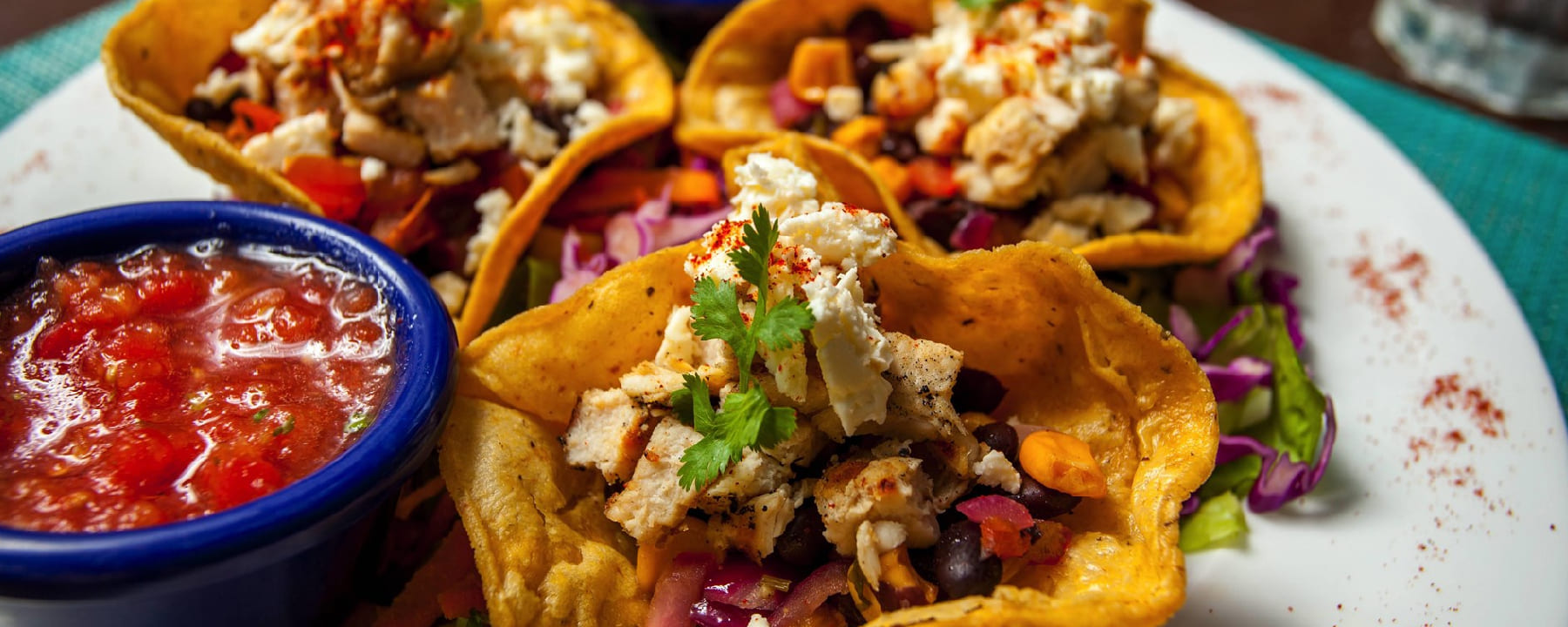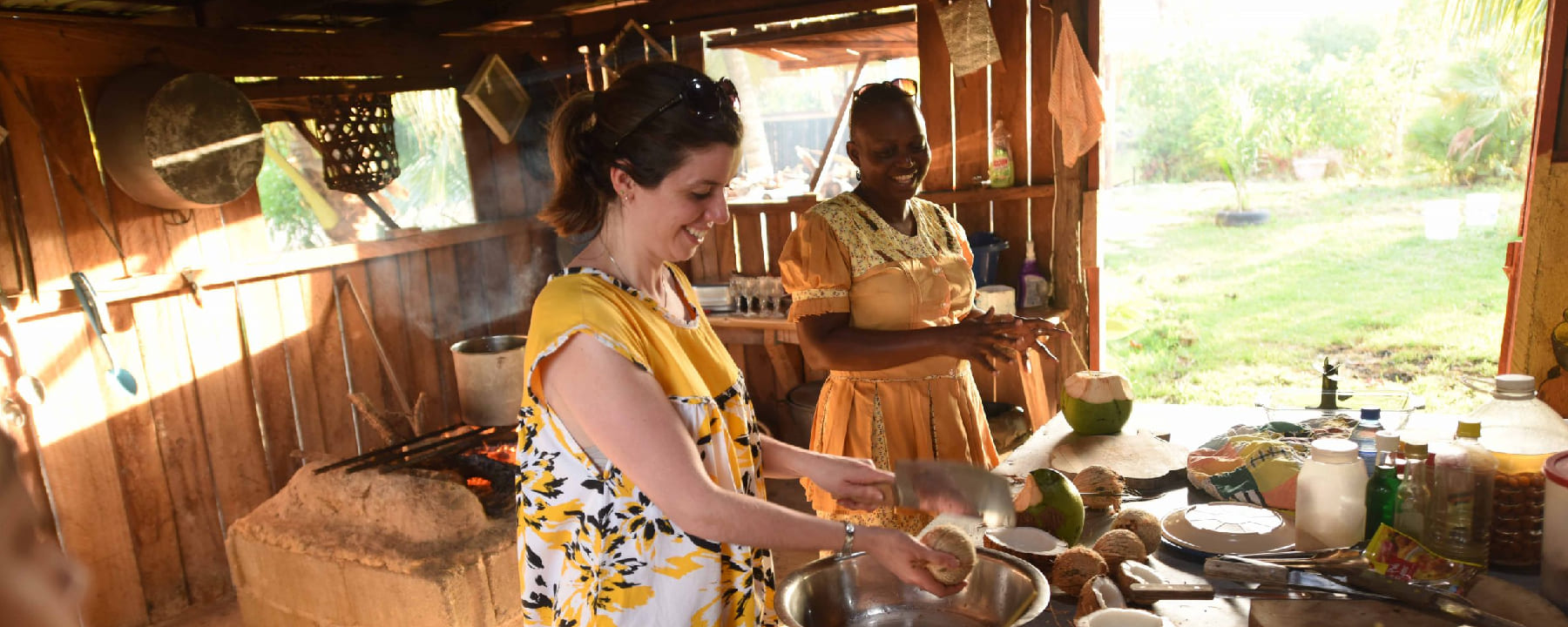Quick Links: About Us - Contact Us

Picture yourself on a sunny afternoon in Belize, the sound of the Caribbean waves in the distance, and the aroma of freshly cooked food filling the air. On one side of the table, you see a steaming bowl of Hudut—rich coconut milk stew with fresh fish and mashed plantains, a beloved Garifuna specialty. On the other side, a plate of tender tamales, wrapped in banana leaves, filled with savory recado-seasoned meat, straight from Mestizo tradition.
Belize’s cultural diversity is one of its greatest treasures, and its food is a delicious reflection of that. Among the many culinary influences in the country, two stand out for their unique flavors and deep cultural roots: Garifuna and Mestizo cuisines.
While both offer unforgettable dining experiences, they differ in ingredients, cooking styles, and flavor profiles. This comparison will guide you through the history, food staples, cooking methods, and signature dishes of both—plus where you can try them authentically when you visit Belize.
The Cultural Roots of Garifuna and Mestizo Cuisine
Garifuna Heritage
The Garifuna people trace their ancestry to West African, Arawak, and Carib origins. After being exiled from St. Vincent in the late 18th century, they settled along Central America’s Caribbean coast, including southern Belize. Towns like Dangriga, Hopkins, and Punta Gorda are now Garifuna cultural hubs.
Their food reflects this heritage: a mix of African cooking techniques, Caribbean flavors, and local Belizean ingredients. Coastal living gave them access to abundant seafood, while farming and foraging supplied plantains, cassava, and coconuts.
Mestizo Heritage
The Mestizo people in Belize are descendants of Spanish settlers and the indigenous Maya. Many arrived during the Caste War of Yucatán in the 19th century, settling in northern Belize towns like Corozal and Orange Walk.
Mestizo cuisine blends Spanish and Maya traditions—corn-based dishes from the Maya meet Spanish stews, spices, and meat preparations. The result is a hearty, flavor-packed style of cooking, often built around maize, beans, pork, and richly seasoned sauces.

Core Ingredients: From Sea to Field
Garifuna Cuisine Ingredients
Living along the coast shaped Garifuna cooking. Key staples include:
- Seafood: Fresh fish, conch, lobster, crab.
- Plantains: Used boiled, mashed, or fried as a starchy base.
- Cassava: Turned into bread, puddings, and drinks.
- Coconut milk: Essential for stews, adding a creamy sweetness.
- Herbs & spices: Culantro (similar to cilantro but more pungent), habanero peppers, thyme.
Mestizo Cuisine Ingredients
Mestizo food leans heavily on agriculture and Spanish influence. Common staples include:
- Corn: Ground into masa for tortillas, tamales, and panades.
- Beans: Often paired with rice, stews, or served refried.
- Pork & chicken: Main proteins in most dishes.
- Recado: A spice paste made with annatto seeds, garlic, oregano, and black pepper.
- Chiles & tomatoes: For sauces, soups, and marinades.
Geography plays a big role – Garifuna cuisine is tied to the sea, while Mestizo cuisine draws from inland farming and ranching.

Cooking Styles & Preparation Methods
Garifuna Methods
- Stewing in coconut milk: A slow, gentle process that infuses seafood with rich tropical flavor.
- Open-fire cooking: Traditional for fish and cassava bread.
- Cassava bread baking: Involves grating cassava, pressing out liquid, and baking over a hot surface.
- Pounding plantains: Essential for stews, adding a creamy sweetness.
- Herbs & spices: To make fufu-like mashed plantains served with stews.
Mestizo Methods
- Grilling & roasting: Common for meats, often marinated in recado.
- Clay pot & comal cooking: For slow-simmered stews and fresh tortillas.
- Banana leaf steaming: Used for tamales and cohune cabbage dishes.
- Frying: For street snacks like salbutes and garnaches.
Each dish tells a story—Garifuna food speaks of the ocean and Afro-Caribbean heritage, while Mestizo food celebrates the union of Maya tradition and Spanish flavors.

Where to Experience Them Authentically
Garifuna Cuisine
- Hopkins: Known for beachfront eateries serving fresh Hudut.
- Dangriga: Visit during Garifuna Settlement Day (November 19th) for food stalls offering cassava bread, Tapou, and more.
- Punta Gorda: Small family kitchens often serve Bundiga and fried fish with plantains.
Mestizo Cuisine
- Orange Walk Town: Dubbed the “Taco Capital of Belize” for its street vendors selling corn tacos in the morning.
- Corozal Town: Known for hearty Mestizo meals like Relleno Negro and Escabeche.
- Local festivals often feature tamales, garnaches, and panades prepared the traditional way.
Final Thoughts
If you want to understand Belize through its food, tasting both Garifuna and Mestizo cuisine is essential. Each bite carries the flavors of history, geography, and cultural pride.
Traveler Tips:
- Ask locals where they eat for the most authentic experience.
- Visit during festivals to try a variety of dishes in one place.
- Don’t be afraid to sample home-style cooking from small, family-run spots—it’s often where you’ll find the most authentic flavors.
Whether you find yourself savoring coconut-rich seafood on the coast or biting into a corn-filled tamale inland, you’re tasting the heart of Belize

